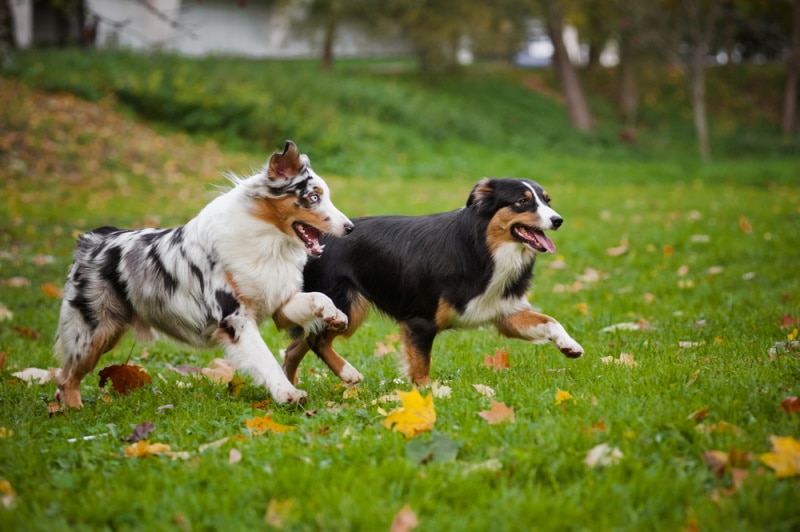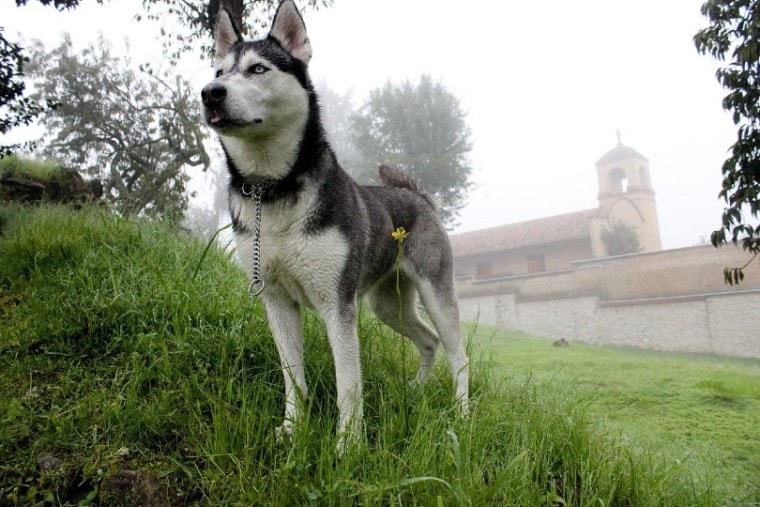
Click Below to Skip Ahead
Alaskan Huskies are the lesser-known hybrid cousin of Siberian Huskies, bred not for looks but for workability and temperament. They’re not registered as a breed and don’t have breed standards as Malamutes and Siberians do, so they have a wider range of sizes and colorations.
Breed Overview
Height:
20 – 25 inches
Weight:
40 – 60 pounds
Lifespan:
10 – 15 years
Colors:
No coloration/pattern limits; most are solid or two-toned
Suitable for:
Very active lifestyles, colder environments
Temperament:
Playful, athletic, strong, loyal, curious, independent
Active and focused on the task ahead, Alaskan Huskies need something to do since they’re designed for working conditions. If you’re looking into this hybrid sled-dog, read on to see if you have what it takes to bring home an Alaskan Husky
Alaskan Husky Characteristics

Alaskan Huskies Puppies

Alaskan Huskies are less common due to the fact that they’re working dogs and not a breed, so pricing is variable on genes and workability. Because these dogs are more like designer dog breeds in that they’re selected for specific qualities, finding an actual breeder versus an inexperienced “breeder” will be tough.
Temperament & Intelligence of the Alaskan Husky
Alaskan Huskies may seem like they’d be rambunctious, hyperactive dogs, closely resembling the variable and somewhat unpredictable temperaments of the Siberian Husky. While they are part Siberian Husky, Alaskan Huskies are actually more reliable and generally calmer. It comes down to the fact that they’re very selectively bred for working, which means temperaments need to be more stable. Sled dogs need to have the mental and physical abilities to pull sleds, have the endurance for long distances, and listen to commands of the sled leader, so breeders look for dogs that excel at these traits only.
Typical Alaskan Huskies that contain the traits above will result in an active, focused dog that can be playful, gentle around children, and affectionate with their handlers. They’re not an easy first-time dog because it takes experience to read their behavior, which can easily be misconstrued as disobedience or stubbornness. However, if you’re knowledgeable enough in working breeds and have a lot of time for exercising and training, Alaskan Huskies are very loving and affectionate due to their instinctive nature to attach to their sled leaders.
The main problem that many, many Husky owners face is time- there’s often not enough time in the day to devote to them. Alaskan Huskies need something to do because they’re created to work and cannot be left alone for long hours, or they’ll destroy your house in boredom within hours. They’re prone to separation anxiety that results from a lack of exercise or human interaction due to the fact that Alaskan Huskies spend a lot of time with the sled leaders. This is extremely important to understand, and it’s part of their selective breeding, so it’s crucial to really consider this when looking at Alaskan Huskies as a potential dog.
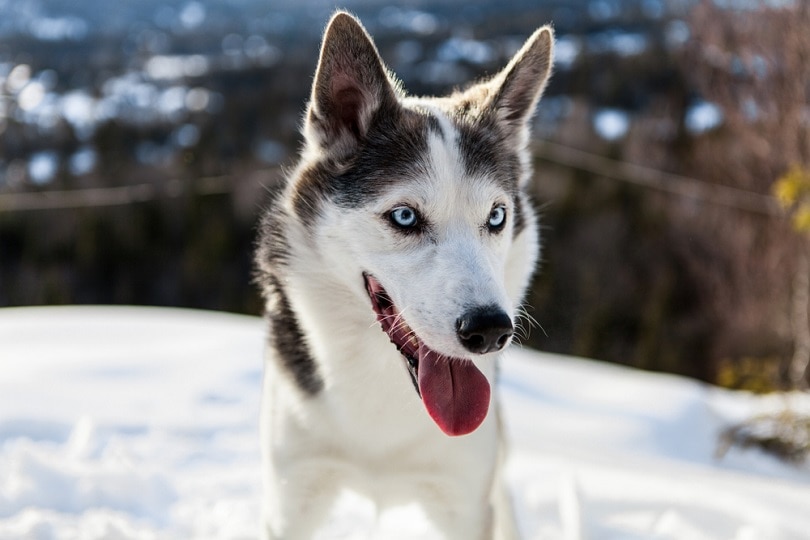
Are These Dogs Good for Families?👪
Yes and no- the answer lies in how active the family in question is and if they’ve ever had a working dog before. If your family is not home often or isn’t very physically active, Alaskan Huskies will be bored and take it out on their environment. They’re simply too active for sedentary lifestyles, so it’s best to find a dog that can suit a less active or busy family. Otherwise, you’ll end up with a defiant, vocal dog that boredom-chews everything in sight.
Alaskan Huskies, like many other working dogs, need more than a few walks and some playtime. They’re working dogs with minds that buzz constantly, so tiring them out daily is essential to a happy home. Because they are challenging to handle for new dog owners, they’re not a good option for families looking for their first dog. If you’re looking into getting an Alaskan Husky, be ready for a lot of time playing outside and long-distance hiking in your family’s future.
If that does sound like the type of dog you’d like for your family, then Alaskan Huskies could be a great, loving pet for your family! They’re also gentle and playful with kids, but supervision is crucial for safety. As long as your family has multiple hours a day to devote to a working dog, Alaskan Huskies can be a great choice. They’ll love going on long-distance hikes and can be great for camping families, so they’re potentially great if your family camps routinely.
Does This Breed Get Along with Other Pets?
- Dogs
Alaskan Huskies aren’t just sled dogs, but they’re part of a social structure in a pack. They not only get along with other dogs, but they will bond to them even if they’re just a pet and companion to another dog. These sled dogs do best when they’re raised together with another dog, but Huskies will quickly establish themselves with other dogs in the household.
- Cats
Although they bond well with dogs, Alaskan Huskies have a fairly strong prey drive that will trigger chasing. With careful training and slow introductions, they can live amongst cats in peace. Some may even bond to their feline siblings, though this is typically rare. Regardless, it will take time to do it, and it simply may not work, as they’re dogs with predatory instincts that are difficult to deflect.
- Small Animals and Birds
The same triggers that set Huskies off with cats will almost definitely happen with smaller animals, especially birds and mammals like rats, ferrets, and bunnies. Introductions should be heavily supervised, but it will solely depend on how both animals react to one another. Some Huskies can live in peace with birds, while others will be dead set on catching them. Reptiles and lizards may spark curiosity more than anything, but they can still trigger chasing and other hunting instincts.
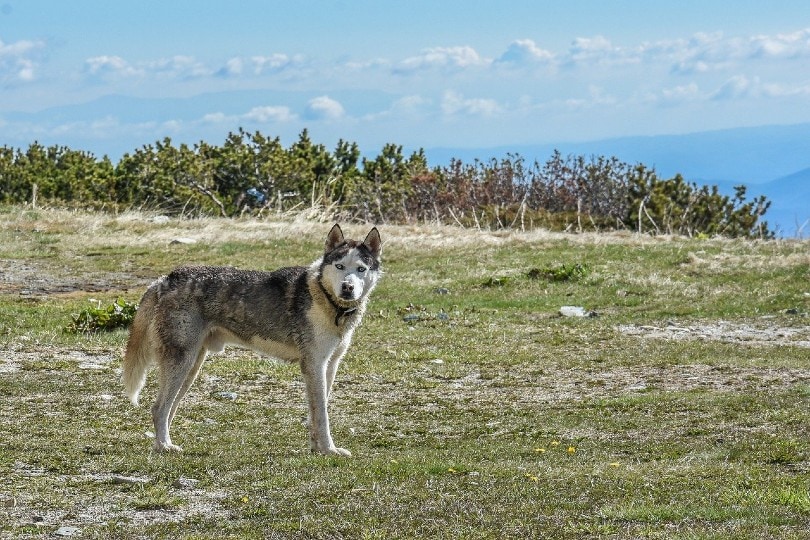

Things to Know When Owning an Alaskan Husky:
Food & Diet Requirements 🦴
Alaskan Huskies are powerhouses of muscle and endurance, so they need a balanced diet that supports both their strength and stamina when pulling sleds. Even if your Husky won’t be pulling sleds, diet is still crucial for a healthy dog. Diet also depends on activity levels and daily exercise, which can be difficult to measure without causing weight gain. We recommend consulting with a veterinarian as to what food and how much food per meal for the best results.
Exercise 🐕
Bred for pulling sleds for long distances, Alaskan Huskies are designed to be endurant. Daily walks around the neighborhood will not be enough for Alaskan Huskies, so it’s important to understand that these dogs need a lot of exercise every day. If you do intend on getting an Alaskan Husky, gear up for lots of hiking daily or get take up a canine sport. Some Husky owners even get into dog sledding with ATVs or bike-pulling (also called ‘bikejoring’), which gives their sled-dogs a chance to pull as they’re bred to do. In other words, Alaskan Huskies need hours of work or exercise to be truly content.

Training 🎾
Since Alaskan Huskies were bred specifically for work, training won’t be as much of a challenge as a Siberian Husky would, but not by very much. They’re still huskies and have that mix of intelligence and independence, so patience is crucial. Alaskan Huskies need exercise not just to burn energy but also to make training less chaotic. However, once they’re taught a command, they’ll generally remember it for life. Be consistent and confident, and your Alaskan Husky will pick things up. If you’ve never owned a sled dog, we highly recommend hiring a professional dog trainer.
Grooming ✂️
Husky coats are thick and fluffy, double-layered for temperature regulation for sledding in the harshly cold temperatures and blizzard conditions. A brushing out of their coats once a week is ideal, which will help somewhat minimize their shedding. They have “shedding seasons” that will drastically increase the amount of fur they lose, but brushing will still help reduce this a bit. Never let a groomer shave your husky unless it’s absolutely necessary, as there’s a good chance the coat will never grow back the same.
- You might want to check this out: 11 Best Dog Wipes: Reviews & Top Picks
Health and Conditions 🏥
Alaskan Huskies need to be healthy while working and pulling sleds day in and day out, which is why they’re bred so carefully. Still, they’re vulnerable to some health conditions that you should be prepared for financially in the future.
Male vs. Female
Alaskan Husky males are quite bigger than females, sometimes weighing more than 20 pounds. If you’re worried about the size of your husky, we recommend getting a female. Otherwise, it’s a matter of personal preference and should be decided with anyone else involved.

3 Little-Known Facts About the Alaskan Husky
1. Alaskan Huskies are not a recognized breed.
Alaskan Huskies are sled dogs that are bred solely based on working purposes, so they’re not true purebred dogs. They’re not recognized by any major kennel club and can vary quite a bit in appearance, so they’re mainly a type of dog rather than a breed.
2. Alaskan Huskies are bigger than Siberian Huskies.
Siberian Huskies are the most popular out of the sled-dog category, but they’re on the smaller and leaner side of sled dogs. Alaskan Huskies are built more like Alaskan Malamutes, creating a more reliable sled dog than Siberian Huskies.
3. Alaskan Huskies are affectionate and devoted.
Although they can be quite independent, Alaskan Huskies are affectionate with their handlers and will remain devoted to them. That doesn’t mean they aren’t mischievous, however, and are usually best left for experienced handlers.
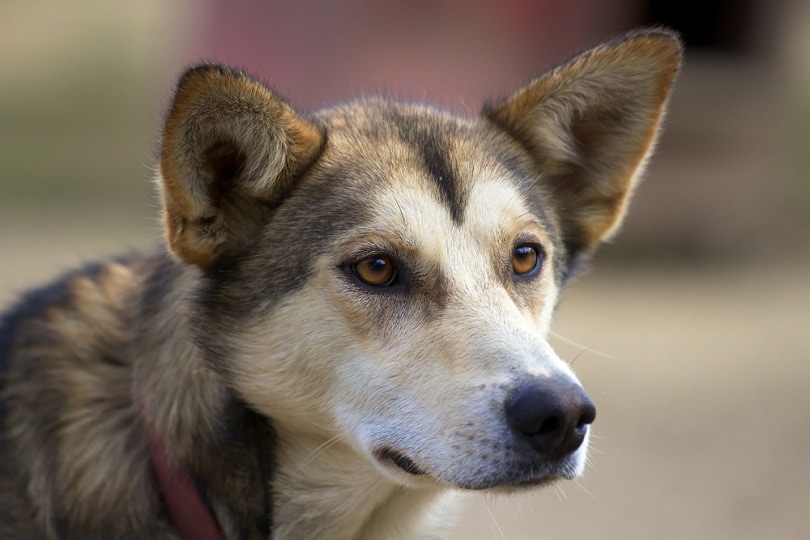

Final Thoughts
Alaskan Huskies are designed dogs created with the idea of making the perfect sled dog. Though they’re not a recognized breed, Alaskan Huskies are carefully and selectively bred for working purposes and little else. They’re more reliable as sled dogs than Siberian Huskies, without the large frames of the Alaskan Malamute. These hybrid working dogs need a busy lifestyle, but they can be great pets for those that have the time to spend with them. As long as they exercise daily and have a consistent routine, Alaska Huskies can be ideal pets for active individuals and families.
- Next on your reading list: How Long Do Huskies Live? (Average Lifespan Data & Facts)
Featured Image Credit: Valmedia, Shutterstock

